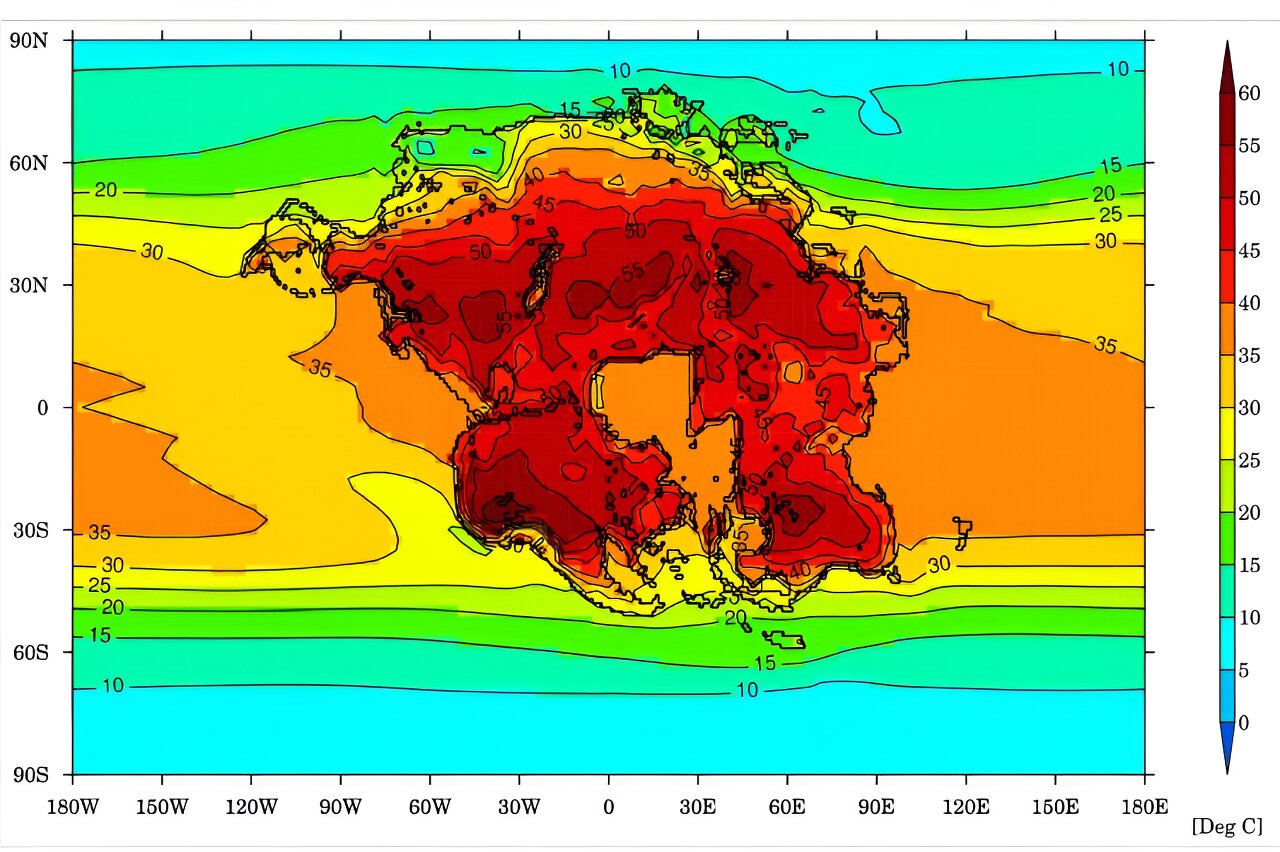Bold to assume there will be any left by then.
deleted by creator
… Horses, Sheep
It’s the animals enlaved for our plesure that have the highest likleyhood to survive short term, I agree.

I’m a bit doubtful of the animation they show in the article. There are active continental rift zones in East Africa and Asia, at lake Baikal, which doesn’t show any movement during the animation. The San Andreas fault isn’t shown having any movement in the animation either. Additionally, Europe and Africa are currently moving away from North and South America, but change direction in the animation so the four continents come together without explanation of data suggesting the direction reversal.
It seems like this is a “what if?” sort of thought experiment as opposed to based on actual data. I mean, even current direction of plates could change tomorrow in an unpredictable way, so there’s no knowing either way.
Not that it really matters in any case.
Paleogeologist Ronald Blakey has described the next 15 to 100 million years of tectonic development as fairly settled and predictable but no supercontinent will form in that time frame. Beyond that, he cautions that the geologic record is full of unexpected shifts in tectonic activity that make further projections “very, very speculative”. - Wikipedia, citing this article
Pangaea Proxima is just one of four possible future supercontinents. There are others where for example the Atlantic continues to grow and the Americas drift into Asia.
Mark your calendars.
Can’t wipe out all mammals if they’re already extinct.
Called it





